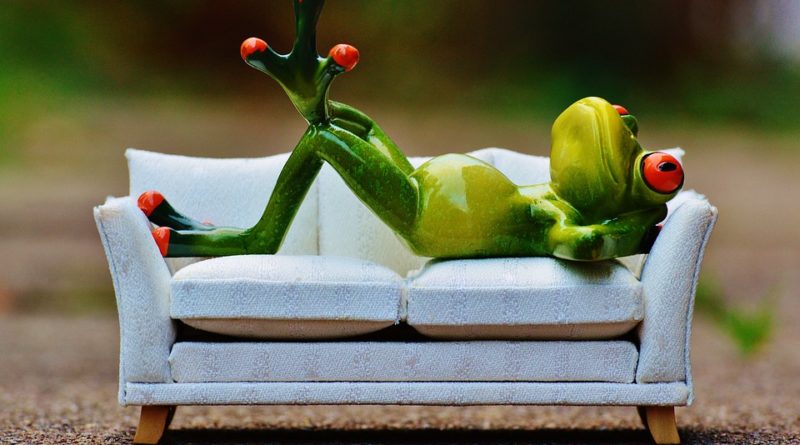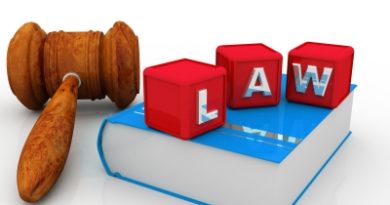Step by Step Home Therapy – Getting the best from Relaxation
Deep relaxation is an excellent way to restore energy and boost your spirit but it does need time and space. Merely telling yourself to relax rarely works, especially if you are feeling overwrought. Relaxation is easy to learn but it does require practice; it may take several sessions to get it right and it helps if you understand how the technique works. It’s all about fooling the system and giving out positive signals that your body is at ease. Relaxed muscles and slow, quiet breathing send calming messages to the brain that turns off the false reaction to danger. When there are no threats your body rests and restores itself ready for the next burst of energy.
Whole Body Relaxation
This is the most common form of relaxation and produces pleasant results quickly. The technique works if you create the right conditions and allow sufficient time – about 20 minutes for a whole-body session. Eventually, you can cut down on the time and recreate the stress-free feeling anywhere as you improve your skill. If you would like to learn to relax with a teacher ask at your GP surgery; many stress counselors run individual or group classes.
Step-by-step technique for use at home
- Find a warm, quiet place and lie on a rug or sit in a well-supported chair. Use a pillow for support if it helps to make you more comfortable. Reduce outside noises if possible.
- Wear loose clothing and remove glasses and shoes. Lie on your back with head supported, arms and legs straight and slightly apart.
- Breathe in and out deeply for three breaths and imagine you are losing tension; then breathe normally.
- You can close your eyes at this stage or wait until they shut naturally. (You are going to work on each major muscle group starting with the feet. As you tighten and relax the muscles, learn to recognize the difference between tension and relaxation. Hold each constriction for a few seconds and repeat each action with a short break between.)
- Pull your feet towards your body – hold the tension – release, and feel the reduction in tension.
- Point your toes hard away from your body and feel the tension in your calf muscles – hold – and relax.
- Next work on your thighs by drawing your legs tightly towards you or raising them into the air – hold – drop back to a relaxed position with thighs rolled outwards.
- Tense your buttocks by squeezing them hard together – hold -and relax.
- Tense your abdomen in the opposite way by pushing it outwards – hold – and then let it flop.
- Check your legs again and if you have slipped back into a tense position, repeat from step 5. A couple of deep breaths will help at this point. Your lower body should feel heavy, warm and relaxed.
- Now concentrate on your back. Arch your spine away from the floor or chair – hold – and let go. (Warning: Leave this one out if you have any back problems).
- Now move your shoulders backwards to expand your chest -hold – and release.
- Tense your shoulders next by raising your arms and pulling on your shoulders – hold. As you drop your arms, wriggle your shoulders up to your ears and relax with your shoulder blades touching the floor or chair.
- Now work on your hands and lower arms by making a tight fist – hold – and relax, letting your fingers droop. As you clench your fists for the second time, raise your arms slightly off the ground and notice the tension in your forearms – hold – and release.
- Move to the upper arms by bringing your hands across your body, close to your chest – hold – relax them to a position on the floor with palms facing upwards.
- Relax your neck and throat by gently moving your head from side to side (not a circular movement) and then pulling your chin down to your chest – hold – and release.
- Next clench your jaw by clamping your teeth together – hold -and let go so that your mouth is slightly open. That tension probably felt familiar as clenching teeth is a common habit.
- Now work on your facial muscles. Press your hips together -hold – and release. Push your tongue hard to the roof of your mouth – hold – and let it drop to the floor of your mouth.
- Move your eyes inside your closed lids to the four quarters of a circle and then let your eyelids relax.
- Finally, relax your forehead and scalp. Frown hard and pull your forehead down – hold – and let go so that your face feels floppy.
Your whole body should now feel comfortable and free from tension. Breathe gently and let your mind wander at will. If stressful thoughts irritate you in this relaxed state, think about somewhere pleasant and, as you breathe, repeat in your mind ‘peace in and pressure out’. Don’t worry if you drop off to sleep at this point; eventually you will learn to relax your body without going to sleep, but use this method at night if insomnia is a problem.
Lie quietly with your eyes closed for a few minutes enjoying the warm feeling; then slowly bring yourself back to the present. Count backwards from five to one, clench your fists tightly, relax and rub your hands together. If you are lying on the floor, roll onto your side; open your eyes with your hands shielding them from the light. Stand up slowly and try to hold on to the relaxed mood when you return to action.
Getting the best from relaxation
Sharing the session with another person is pleasant. You can take turns to read the instructions or make yourselves a tape recording. Listen to music if it helps to calm your mind and ring the changes by starting at the top and working towards your feet. As you become better at ‘switching off, shorten the session and create a relaxed mood by imagining your body is warm and heavy without going through all of the muscle-tightening steps. Use this shortened version as a ‘mini restorative’, particularly when you are away from home in stressful situations.



